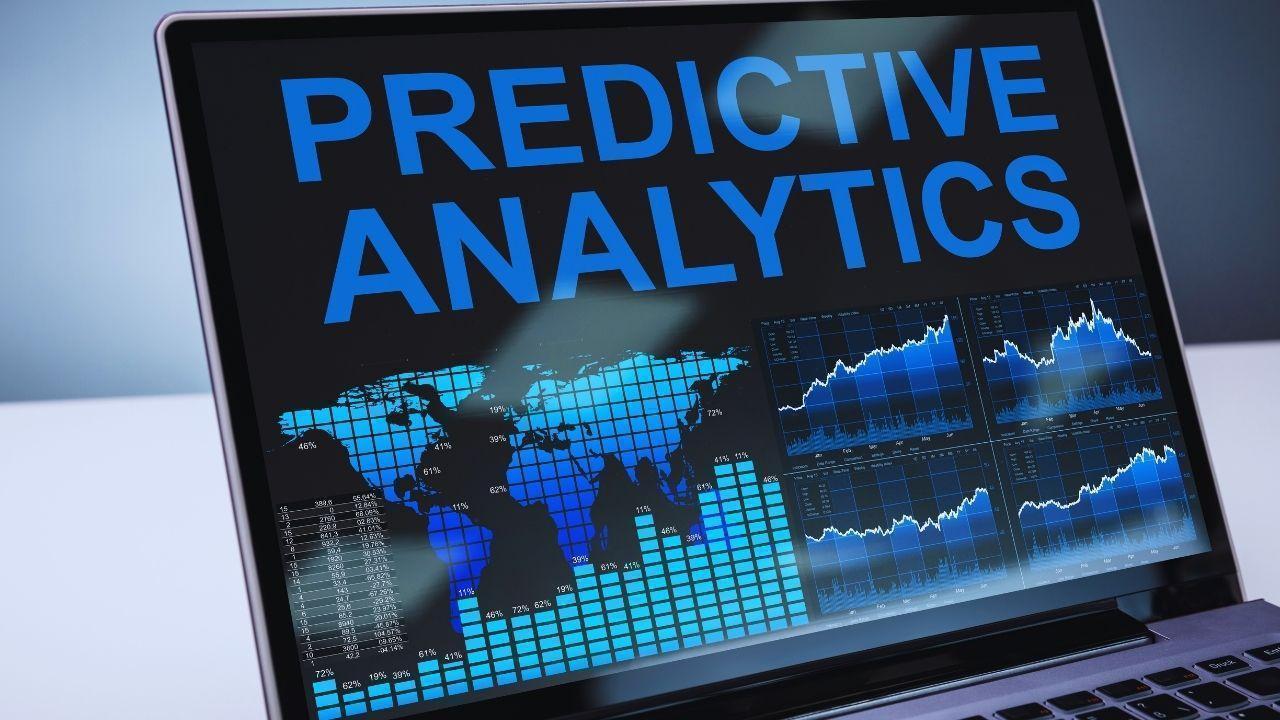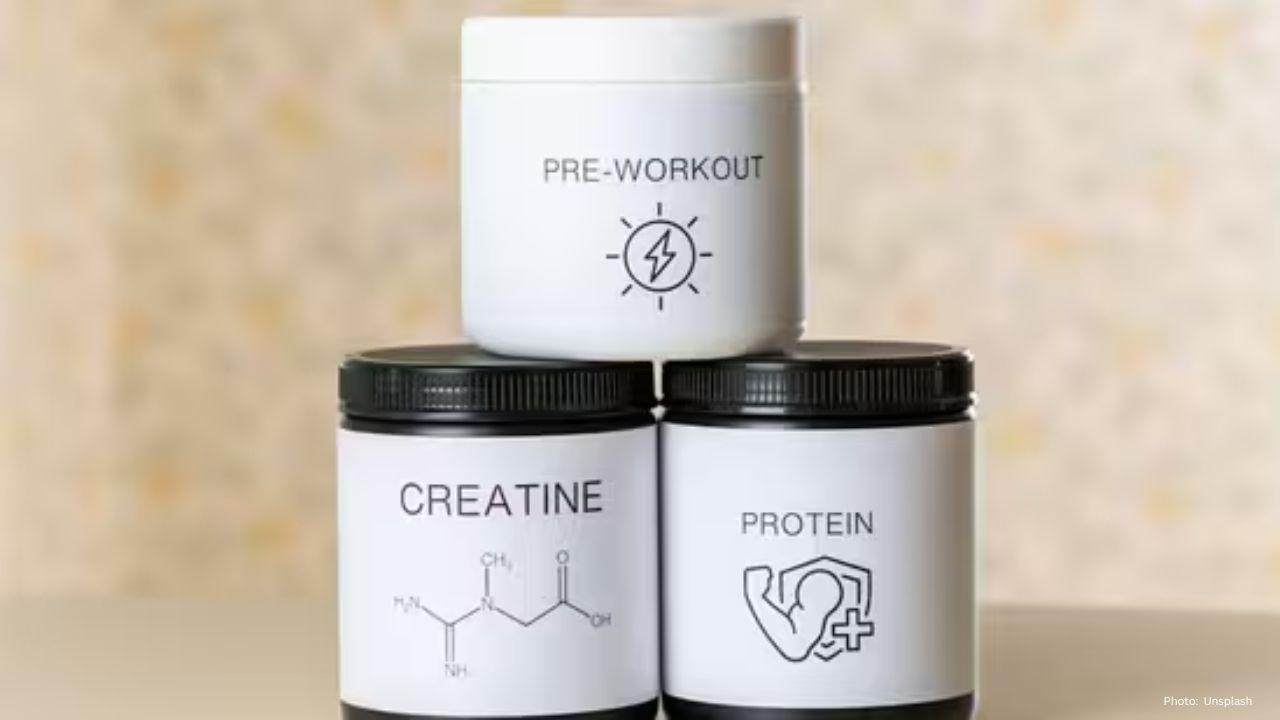
Join 10k+ people to get notified about new posts, news and tips.
Do not worry we don't spam!

Post by : Anis Farhan
India’s industrial and corporate landscape is evolving faster than ever. With rapid automation, complex supply chains, and a diverse workforce, maintaining workplace safety has become both a challenge and a necessity. In this high-risk environment, predictive analytics has emerged as a transformative tool — one that empowers organizations to prevent accidents before they occur.
Predictive analytics uses data from multiple sources — sensors, employee records, environmental conditions, and machine logs — to identify patterns that could signal potential hazards. It represents a major shift from the traditional reactive model, where safety measures were implemented only after incidents occurred.
As India embraces digital transformation across sectors, the integration of predictive analytics into occupational health and safety (OHS) marks a critical step toward a safer, smarter, and more sustainable future.
Predictive analytics refers to the use of statistical algorithms, artificial intelligence (AI), and machine learning to predict future outcomes based on existing data. In occupational safety, it helps detect early warning signs of possible workplace incidents.
For instance, by analyzing data from safety inspections, equipment performance, and employee behavior, predictive models can forecast potential hazards. If a machine shows subtle patterns of vibration or heat anomalies, the system can alert maintenance teams before a failure occurs.
Similarly, workforce data — such as shift length, fatigue levels, or incident history — can help identify high-risk conditions for human error. Instead of reacting to accidents, organizations can act proactively, reducing both injuries and operational downtime.
This data-driven foresight transforms workplace safety from compliance-based to intelligence-led management.
India’s growing industrial base — spanning manufacturing, construction, logistics, and mining — employs millions of workers, many of whom operate in high-risk environments. According to the National Safety Council of India, workplace injuries and fatalities continue to be a pressing concern, especially in sectors with manual or semi-automated processes.
Traditional safety systems often rely on manual audits, periodic inspections, and incident reporting. These methods, while useful, are limited in scope and often detect risks only after they’ve caused harm. Predictive analytics bridges this gap by providing real-time monitoring and future risk projections.
In India’s context, where infrastructure development, urban expansion, and industrialization are rapidly accelerating, predictive models are not just beneficial — they’re essential for safeguarding human lives and maintaining productivity.
Moreover, multinational companies operating in India are adopting predictive safety tools to meet global safety standards and ESG (Environmental, Social, and Governance) compliance requirements.
Predictive analytics has multiple practical applications in workplace safety:
Equipment Failure Prediction
IoT sensors embedded in heavy machinery collect data on temperature, vibration, and performance. Algorithms detect deviations that may indicate mechanical issues, preventing costly breakdowns or accidents.
Worker Fatigue Monitoring
Data from biometric wearables or attendance records helps predict fatigue-related risks. For instance, employees working extended shifts under high stress are statistically more prone to accidents.
Environmental Hazard Detection
In sectors like mining or chemical processing, air quality sensors, gas detectors, and environmental monitors send continuous data. Predictive tools identify conditions likely to trigger safety incidents.
Ergonomic and Health Risks
AI systems analyze repetitive motion or workstation posture data to foresee musculoskeletal injuries.
Incident Pattern Recognition
Historical accident data helps identify recurring causes or high-risk zones within a facility. Predictive analytics flags similar patterns before another event occurs.
By combining these applications, organizations build a holistic safety ecosystem that learns and improves continuously.
For predictive analytics to work effectively, it requires diverse and high-quality data sources. Companies typically collect data from:
Internet of Things (IoT) sensors installed on machines
Employee health and attendance systems
Maintenance and audit logs
Environmental sensors (temperature, air quality, noise levels)
Training and certification databases
CCTV and computer vision systems
This information feeds into centralized safety dashboards where AI algorithms process and interpret patterns. Integration with enterprise software ensures real-time alerts reach safety officers, maintenance teams, and managers.
Data integration also supports compliance reporting and enhances transparency during safety audits, making it easier for organizations to meet international safety certifications such as ISO 45001.
AI and machine learning (ML) form the backbone of predictive safety systems. These technologies analyze massive data sets, learning from patterns and continuously improving accuracy.
For instance, ML models can analyze hundreds of variables simultaneously — from ambient light levels to machine speed — and determine which combinations correlate with increased accident risk.
Computer vision, another AI subset, uses CCTV footage to monitor worker movements and detect unsafe behavior like missing safety gear or entering restricted areas.
Natural Language Processing (NLP) can even analyze safety reports or employee feedback to identify recurring risk themes.
The result is an intelligent ecosystem that doesn’t just report safety issues — it anticipates them.
The adoption of predictive analytics in occupational health and safety offers numerous benefits:
Accident Prevention: Early warnings help prevent incidents rather than react to them.
Reduced Downtime: Predictive maintenance minimizes equipment failures.
Cost Efficiency: Fewer accidents mean lower compensation claims and insurance premiums.
Improved Employee Morale: Workers feel safer, which enhances engagement and retention.
Regulatory Compliance: Automated data tracking simplifies safety reporting and audits.
Enhanced Reputation: A proactive safety record strengthens corporate image and trust.
In India’s competitive industrial sector, where margins are tight and safety compliance is critical, these benefits translate directly into long-term sustainability.
While predictive analytics offers transformative potential, its adoption in India faces challenges:
Data Gaps: Many factories and small enterprises lack digitized records or connected devices.
Infrastructure Constraints: Limited internet access and power reliability in remote regions hinder real-time monitoring.
Cost Barriers: Initial setup — sensors, software, and data systems — can be expensive for smaller businesses.
Skill Shortage: Data science and AI expertise remain limited within the OHS domain.
Cultural Resistance: Some organizations still rely on traditional inspection-based systems and view predictive tools as complex or unnecessary.
Addressing these issues requires a combination of public policy support, training programs, and affordable technology solutions tailored to India’s diverse industrial landscape.
India’s government has begun recognizing the potential of technology in workplace safety. The Directorate General Factory Advice Service and Labour Institutes (DGFASLI) is encouraging data-driven safety systems.
Policies promoting “Digital India” and “Make in India” also indirectly support OHS digitization through industrial modernization. Some state governments are experimenting with AI-based safety monitoring in public infrastructure and construction projects.
In the long term, policy alignment with international safety standards and incentives for digital transformation could accelerate adoption across industries.
Factories are integrating sensors and smart devices to monitor machine health, ensuring timely maintenance and fewer worker injuries.
Predictive analytics helps detect unsafe scaffolding, fatigue among workers, and equipment overloads before they escalate.
Real-time environmental monitoring reduces exposure to hazardous gases and structural collapses.
Data-driven monitoring ensures compliance with sterile environments and tracks exposure to hazardous substances.
Ergonomic analytics improve employee wellness, reducing stress-related health issues and absenteeism.
Each sector adapts predictive analytics differently, but the underlying goal remains constant — to create safer, healthier workplaces.
Wearable devices such as smart helmets, wristbands, and badges are emerging as key tools in predictive safety systems. These gadgets measure heart rate, body temperature, posture, and environmental conditions.
When anomalies are detected — like excessive heat exposure or signs of fatigue — the system immediately alerts both the worker and supervisors.
For example, in a factory setting, a smart vest could alert a worker if toxic gas levels rise or if proximity to hazardous machinery exceeds safe limits.
These technologies make safety personal and proactive, enhancing real-time decision-making and reducing emergency response times.
The future of occupational health and safety in India lies in connected ecosystems — smart factories, AI-driven analytics, and empowered workers. As 5G and IoT infrastructure expand, real-time data transmission will become more reliable and affordable.
Artificial intelligence will evolve to not just predict accidents but recommend corrective actions automatically. Integration with national safety databases will allow industries to benchmark and share best practices.
Moreover, startups specializing in OHS analytics are emerging across India, offering cost-effective cloud-based solutions to mid-sized enterprises.
The combination of government support, affordable technology, and a growing awareness of employee well-being signals a bright future for predictive safety systems in India.
Predictive analytics is not merely a technological upgrade — it represents a cultural transformation. It shifts safety from being a compliance checkbox to a data-driven, continuous improvement process.
In a country where human capital is the backbone of every industry, protecting workers through intelligent systems is both an ethical duty and an economic advantage.
As India’s industries continue to modernize, predictive analytics will play a central role in shaping safer, more resilient workplaces. It will empower organizations to foresee risks, prevent disasters, and build a culture where prevention truly outweighs cure.
This article is intended for informational purposes only. The views expressed are based on current industry trends and research in occupational health and safety. Readers should seek professional consultation before implementing workplace safety technologies.










Conway Shines as New Zealand Edges Out West Indies in Napier
Devon Conway and Rachin Ravindra propel New Zealand to a five-wicket victory over West Indies, clinc

Ja'Marr Chase Faces One-Game Suspension Following Spitting Incident
Bengals' Ja'Marr Chase receives a one-game suspension after spitting on Jalen Ramsey; his appeal has

England Names 12-Man Squad for Opening Ashes Test in Perth
England reveals a 12-man squad for the first Ashes Test in Perth, featuring Shoaib Bashir and a pace

Roger Federer Inducted into Tennis Hall of Fame in Historic First Year
Tennis icon Roger Federer receives Hall of Fame recognition in his first year, alongside renowned co

Steve McClaren Steps Down as Jamaica’s Head Coach Following World Cup Qualifying Draw
After a crucial goalless draw with Curacao, Steve McClaren resigns as Jamaica's head coach, leaving

Daryl Mitchell Tops ICC ODI Rankings, Updates Released
Daryl Mitchell ascends to No.1 in the ICC ODI rankings, with boosts for players from New Zealand, In